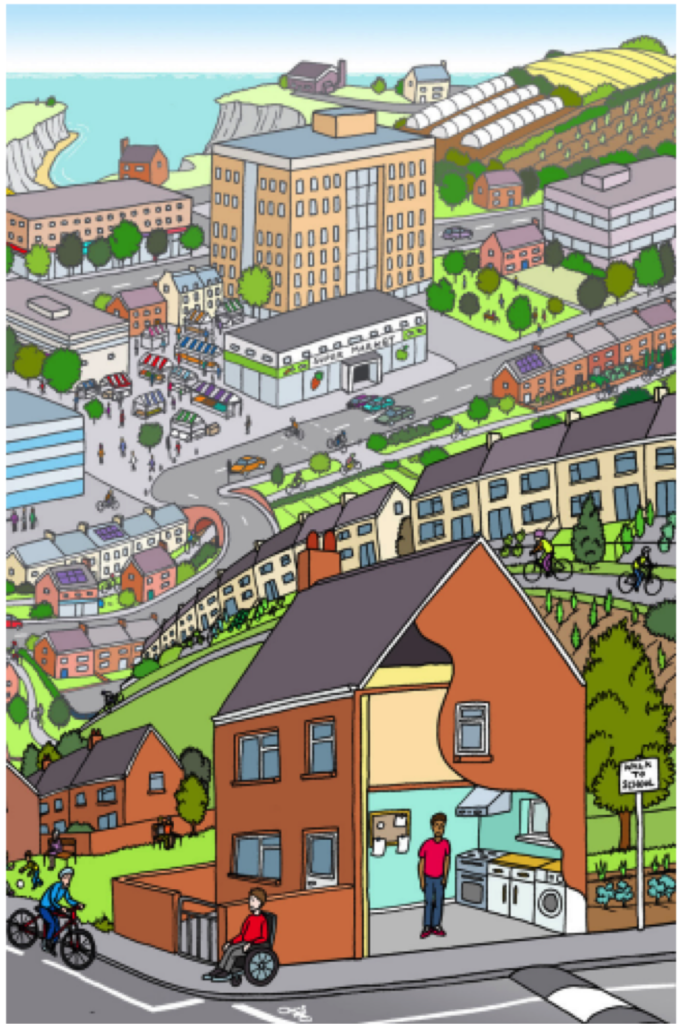City Know-hows

Evidence and data are not widely used to plan healthier cities through urban planning. Indeed research has not produced an extensive standardised assessment able to engage the transdisciplinary nature of the relationship between population health and urban settings.
Our study introduces and reviews how the built environment and its relation to population health are assessed in the literature. We did this by identifying methodological shortcomings and research potentials that need to be addressed jointly. Our assessment aims to undertake multiple health issues in an integrated manner, and identify priorities within the city whereby health is a primary goal.
Share
Target audience
Public health officers, city planning officers and large organization or institution that can coordinate multiple actors or access to broad datasets.
The problem
While we want to shape cities to be healthier, data and evidence are not widely used to support health integration of health in planning. Indeed, research in urban health fields did not produce yet a standardised approach to assess urban environments concerning its multiple impacts on health jointly, despite the latter are commonly accepted.
What we did and why
We focussed on the diagnosis of the city since an essential step to integrate health in planning. We introduce and review protocols of assessment in scientific studies about the relationship between urban environments and population health, to identify limitation, shortcomings and potentiality to be addressed together and finally drive broad assessment to support healthier interventions. The aim is to undertake multiple health issues jointly, identify priorities within the city and undertake health as a primary goal.
Our study’s contribution
Adequate appraisal of cities could allow the identification of priorities with equity within the city and display conflicts and synergies among urban health issues, as well as between alternative solutions. The evaluation of the urban forms is not detangled by health measurements which can generate new solution adapted to local exigencies and also monitor the effectiveness of interventions. However, precise data and approaches are needed to contextualise how urban environments influence health.
Impacts for city policy and practice
Acknowledge the complex nature of urban health should not lead to inaction but rather a transdisciplinary effort to integrate health in the process of planning. Therefore it is crucial to understand how and where urban characteristic brings health benefits or hazards. This article gathers gaps and potentials to be addressed by transdisciplinary agents that could benefit from adequate extensive assessment of the healthiness of the urban environments.
Further information
Full research article:
How healthy is the built environment? Challenges and paradigms for measuring urban health by Andrea Salmi, Jérôme Chenal and Remi Jaligot.
Related posts

Community well-being is acknowledged as being ‘greater than the sum of its parts’. Our paper identifies current gaps in Community well-being assessments and recommends participatory mixed methods.

Our systematic review of the impacts of neighbourhood design on well-being found strong evidence linking design principles such as walkability and access to green space with health and well-being.

Public open spaces (e.g., parks, sports fields) are important for people to be physically active. However, previous studies, mostly conducted in Western countries, show that people are predominantly sedentary in such spaces. We found that public open space users were more active in Asia, suggesting a potential contribution of such spaces to people’s health.